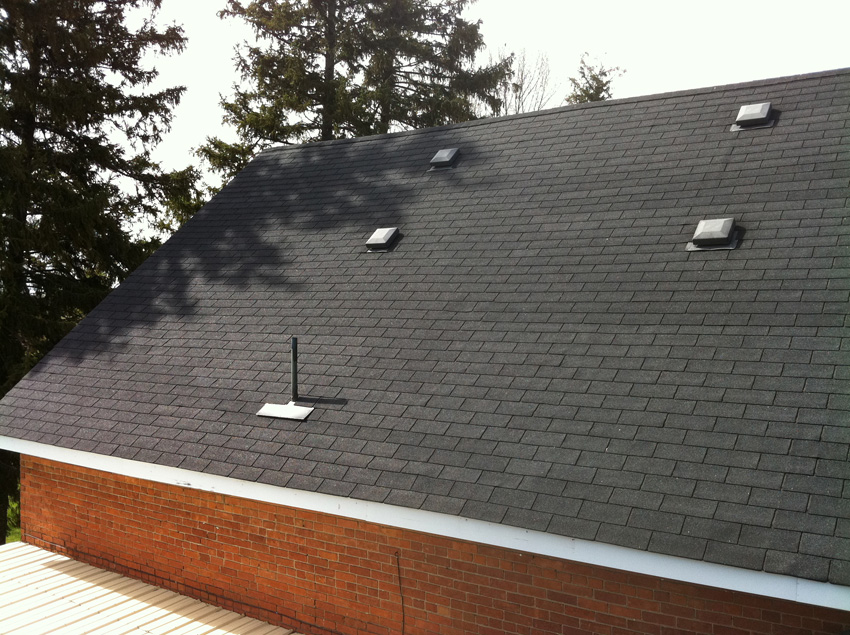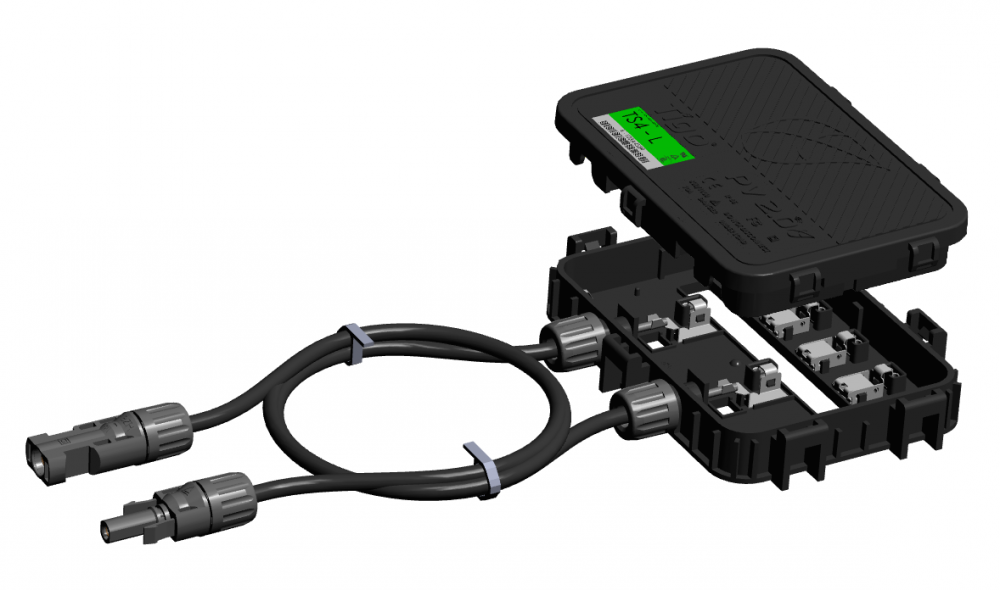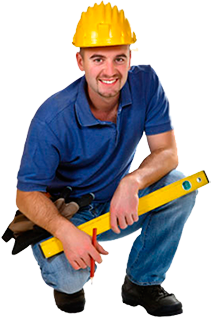Shade Being Thrown On Your Solar System? You Need This!
It was only as little as five years ago; if your south facing roof was too shaded or small to install solar panels, a home solar energy system was just not considered feasible. Fast-forward to 2017 and these design complications and cost prohibitions have become a thing of the past.
 Shading from trees is quite common
Shading from trees is quite common
How shade impacts solar panel performance
Commonly, home solar energy systems are installed using a central string inverter. These solar energy systems are designed with a series of solar panels strung together, feeding into the one central inverter.
As the solar panels are connected together (similar to Christmas lights), if one solar panel is partially shaded and therefore underperforming, the rest of the panels would also underperform.
This shading issue presented a serious problem for installers and solar energy owners, as potential shading concerns are constantly changing with time and seasons; or sometimes are completely unavoidable!
Power to the optimizer
Shading performance issues are concerning for installers and solar owners alike, however, string inverters are still the most cost effective option when it comes to solar inverters. There are ways nevertheless to reduce the impact of shade on your solar energy system.

Tigo Energy Optimizer
One of these is by connecting a power optimizer to each solar panel. Power optimizers work by stabilizing the DC electricity at each solar panel before it is fed into the string inverter. This process prevents shaded solar panels from impacting on the performance of its un-shaded neighbors. With the added bonus of individual monitoring, shaded panels can be quickly and cost effectively identified and rectified.
Micro by name, not by nature
Although micro-inverters have been around since the early 1990’s, they were incredibly expensive and suffered from a reputation for being unreliable. In recent years, however, their prices have become more competitive, and they are now considered to have excellent reliability.
 Enphase microinverter
Enphase microinverter
With this set-up, instead of a solar energy system having one central string inverter, each solar panel has its own micro-inverter incorporated, so the DC to AC electricity conversion occurs at the source.
Similar to power optimizers, micro-inverters have built in monitoring so any shading issues can be identified quickly and efficiently. By enabling each solar panel to perform individually, if some solar panels are shaded or facing different directions it does not affect the performance of the remaining panels. This system keeps your solar panels performing at their most optimal levels possible.
Both options seem great; which is right for my system?
As technology has advanced over the last few years, there are now more options available for installers to design solar energy systems in a variety of different situations.
With power optimizers and micro-inverters now common options for potential solar owners, it can be difficult to decide which set-up is suitable for your system. You can use micro inverters or energy optimizers to deal with shading from chimneys, antennas, or trees
You can use micro inverters or energy optimizers to deal with shading from chimneys, antennas, or trees
The team at Alberta Solar Installers are experts at planning around shade being thrown at your solar energy system. Contact us for expert advice about which inverter is best suited and most cost effective for your solar installation.




